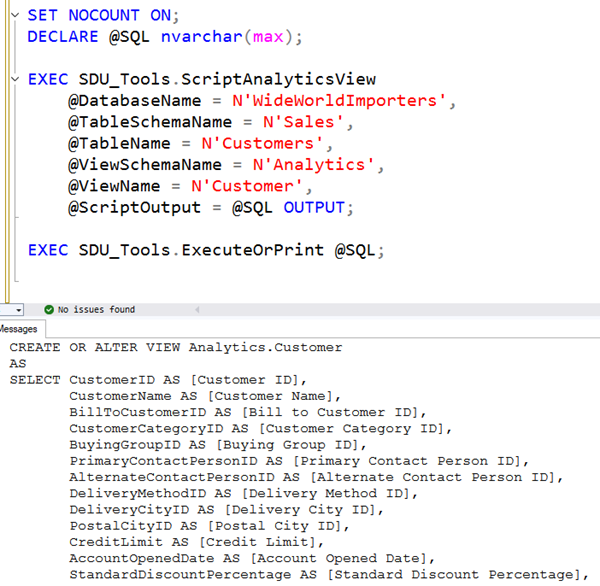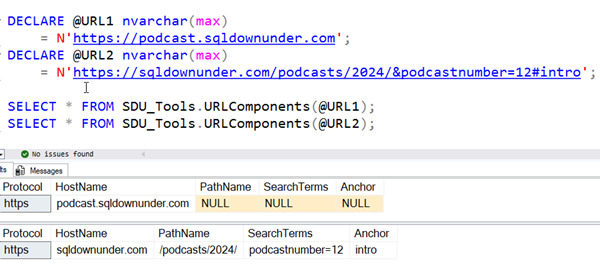
SDU Tools: Script Analytics View
Our free SDU Tools for developers and DBAs, now includes a very large number of tools, with procedures, functions, and views. One tool that was added a while back is ScriptAnalyticsView.
When we build BI systems, we create a data warehouse with tables that are structured as cleansed versions of the incoming data, and with strong referential integritty and consistency.
When we expose those tables to external BI tools like Power BI, Analysis Services, etc. we limit those tools to a series of views that we create. Generally we put them in a schema called Analytics, but it could have any name.
2025-04-20






